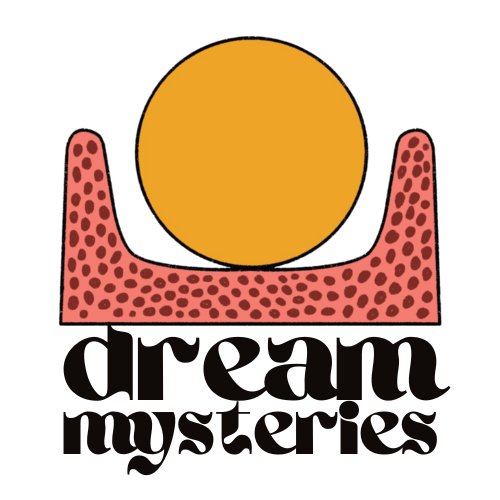DREAM SCHOOL continues on January 28th: GREECE
FRIDAY 28th January 6pm UK Time
PART TWO: GREECE
To pay for this session only please pay £12 using PayPal address: sarah@awakeandaway.co.uk // Ref: Greece
Asklepios was son of the god Apollo. Often the healing temples, where supplicants came for a divine dream, - the Sanctuaries of Asklepios - were dedicated to both of them. Asklepios was a chthonic demi-god, associated with the underworld, the healing arts, dogs and serpents. His father Apollo was a powerful Olympian, associated with prophecy, music, dance, healing, poetry and disease, he was often found cavorting with the Muses. Apollo later became associated with the sun and fused with Helios.
Coronis was the mortal mother of Asklepios. In anger, either Apollo or Artemis murdered her for her infidelity when she lay with Apollo’s enemy Ischys. Apollo felt guilty perhaps, watching her body burning upon the funeral pyre - so he rescued the child she was carrying in her womb and delivered the baby Asklepios to the centaur Chiron, who raised the child and taught him the healing arts. He is said to have been taught divine healing secrets after granting some favour to an injured serpent in the woods - it is from some version of this story that he acquires his snake entwined staff, the Rod of Asklepios. His skills as healer came to rival the gods and when he brought Hippolytus back from the dead, Zeus punished him by killing him with a thunderbolt. Apollo sought revenge and finally Zeus relented. Asklepios was lifted by Zeus into the heavens, where he was made a star in the constellation of Ophiuchus - the serpent bearer.
As the culture of Asklepios developed, perhaps initially out of some lengthy tradition of ancestor worship at his presumed birthplace at Epidaurus, great sanctuaries were erected all over the Hellenic world.
In these centres of healing and supernatural dream cures, the people of the ancient world celebrated and activated the divine healing powers of Asklepios. That these cures were often fully actualised in a divine dream, hints that something akin to a kundalini process may have been occurring for some of the patients.
It was said that those about to give birth, and those perceived to be properly at death’s door, were not allowed within the sacred precinct of Asklepios. Perhaps this would allow for an emphasis on issues that had at least an element of the psychosomatic. Asklepios is certainly celebrated as a superb obstetrician. Issues of fertility, impotence and healthy childbirth, continued to be a priority in the healing establishments of Asklepios - as they were for his supernatural healer precursors. Conditions such as these, more often than not, have a distinct psychosomatic component. However, in the dream healing narratives recorded at the temples - all manner of cures are attributed to the god.
The sanctuaries changed very gradually over the years. A material and more familiar modern scientific method of medicine came to dominate Greek medical institutions. Yet the Hippocratic Oath (usually much revised) is a text still used in modern medical schools around the world. It requires a newly qualified doctor to swear by the old gods of Asklepios, Apollo, Hygieia and Panacea.
For thousands of years, it can be said that gods were considered the superior physicians. During this time it seems very likely that: placebo, magic and faith, made up a significant portion of a healing event.
Use of the temples persisted right into the Roman era. The sites fall into disuse only during the brutally violent campaigns of early Christian zealots who sought to eradicate all forms of paganism, pagan temples and sacred sites. The Roman Emperor Theodosias I, banned all activity at the Asklepions.

